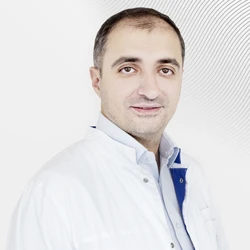Pansinusitis
Tells Irakli Yakobashvili, otorhinolaryngologist, PhD
Acute sinusitis is an infectious disease characterized by inflammation of the mucous membrane inside the paranasal sinuses, and lasts up to 4 weeks. It is an extremely common disease in children and adults. It can occur as a result of a viral or bacterial infection. In the case of a virus, no special treatment is required, but bacterial infection is more severe and requires drug therapy. Medications are prescribed strictly by a doctor.
The nasal sinuses are cavities located in the skull, filled with air and covered with a mucous membrane inside. Their function is to warm, purify and humidify the air coming in when inhaling, as well as to protect against damage to the brain and eyeballs. In addition, they protect us from viruses and bacteria and give our voice a personality.
However, in some cases, they themselves become foci of infection. This happens when the excretory ducts of the nasal sinuses that connect them to the nasal cavity close (for example, due to polyps in polypous sinusitis).
Pansinusitis is a form of acute purulent sinusitis. With pansinusitis, all the paranasal sinuses of the skull become inflamed at once, which is accompanied by the accumulation of large amounts of pus and mucus in them. These are paired (left and right) maxillary, sphenoid, latticed, and frontal sinuses (Fig.
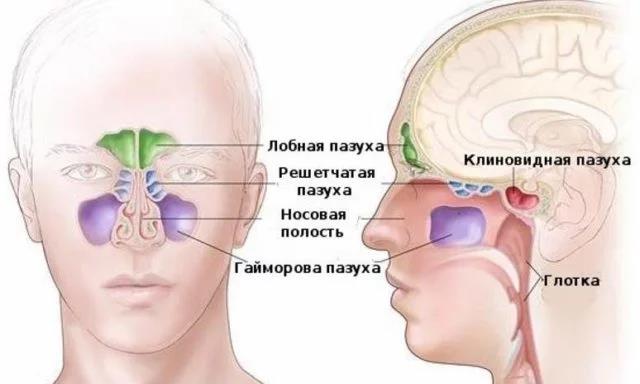
Fig. 1. Anatomy of the paranasal sinuses
This type of inflammatory process is the most severe, carries more risks of complications (including inflammation of the meninges - meningitis), especially in patients with reduced immunity, and is more likely to turn into a chronic process. One of the important features of the disease is that it can develop quickly (within 1-2 days) after a common acute viral infection (ARVI).
Symptoms of pansinusitis
Symptoms of acute pansinusitis may include:
- headache, feeling of heaviness in the head,
- pain in the face area, especially when the head is tilted,
- nasal congestion,
- a large amount of thick yellow-green discharge from the nasal cavity,
- discharge down the back wall of the pharynx (postnasal congestion),
- decreased sense of smell,
- pain in the teeth of the upper jaw,
- weakness,
- stuffy ears.
However, none of these symptoms is exceptional for acute pansinusitis, and the diagnosis can only be made by a doctor after examination.
Diagnosis of pansinusitis
One of the main criteria for the diagnosis of pansinusitis is the persistence of the above complaints for more than 10 days. Another important factor is the repeated deterioration of the patient's condition after the initial improvement.
The methods of choice in the diagnosis of acute pansinusitis are:
- computed tomography (CT) of the paranasal sinuses,
- endoscopic examination of the nasal cavity.
Additional diagnostic methods:
- general blood test,
- C-reactive protein,
- nasal cytology, seeding of exudate from the middle nasal passage or the lumen of the sinus.
Treatment of acute pansinusitis
Until recently, acute pansinusitis was treated in a hospital setting, as complications often occurred. Currently, they can be effectively prevented due to the availability of modern diagnostic and treatment algorithms, so patients with pansinusitis can be treated on an outpatient basis, but with mandatory monitoring of the condition. If you find the first signs of complications, contact your doctor immediately, because surgery may be necessary.
Signs of complications:
- intense headache that persists after taking conventional analgesics (Ibuprofen),
- sudden onset of nausea and vomiting,
- photophobia,
- depression of consciousness,
- swelling in the eye and orbit,
- limitation of eyeball mobility,
- visual impairment, high fever that does not decrease after taking nonsteroidal anti-inflammatory drugs.
Complications of pansinusitis
One of the most serious complications is meningitis. This inflammation of the meninges, which can potentially endanger the patient's life, causes depression of the central nervous system and requires treatment in the intensive care unit or intensive care unit. But the primary treatment is surgical treatment of the lesion in the nasal sinus.
Orbital complications (orbital abscess, orbital phlegmon) are inflammatory diseases of the eye that can cause partial or complete loss of vision. Such a complication requires urgent surgical intervention in the sinuses to eliminate the main focus of inflammation.
Sepsis is a systemic inflammatory reaction of the body that can be accompanied by disruption in the functioning of many organs and systems. The condition in such patients is regarded as severe and requires treatment in the intensive care unit.
Separately, it should be said about the importance of monitoring the condition of the paranasal sinuses after the acute period of pansinusitis, when most of the symptoms disappear. With inflammation in all the paranasal sinuses, there is a very high probability of developing a chronic process in one of them, which may not manifest itself in any way.
Only coordinated and collaborative work between the doctor and the patient, an open discussion of the prognosis and nuances of an individual clinical case, and competent therapy can guarantee a complete cure for this pathological condition.
References:
Cummings Otolaryngology, 7th Edition by Paul W. Flint, MD, Bruce H. Haughey, MD, FACS, Valerie J. Lund, CBE, MS, FRCS, FRCSEd, K. Thomas Robbins, MD, FACS, J. Regan Thomas, MD, FACS, Marci M. Lesperance, MD and Howard W. Francis
Meltzer EO, Hamilos DL, Hadley JA, et al. Rhinosinusitis: Establishing definitions for clinical research and patient care. Otolaryngol Head Neck Surg 2004; 131:S1.
Rosenfeld RM, Piccirillo JF, Chandrasekhar SS, et al. Clinical practice guideline (update): adult sinusitis. Otolaryngol Head Neck Surg 2015; 152:S1.
Blackwell DL, Lucas JW, Clarke TC. Summary health statistics for U.S. adults: national health interview survey, 2012. Vital Health Stat 10 2014; :1.
Wilson JF. In the clinic. Acute sinusitis. Ann Intern Med 2010; 153:ITC31.
Why the EMC
The first and only clinic in Russia, created in the image of the world's leading clinics
EMC is a multidisciplinary center offering patients a high level of medical services and a personalized approach
Worldwide recognition and awards
 Learn more
Learn more
Worldwide recognition and awards
 Certificates and licenses
Certificates and licenses
Make an appointment for a consultation
Specify your contacts and we will contact you to clarify the details
Reviews
and new products of the EMC



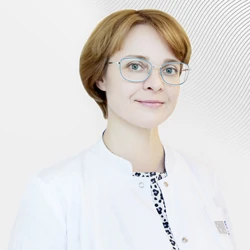



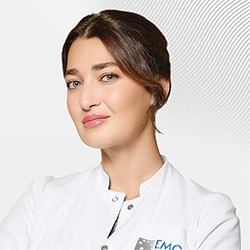
.webp)


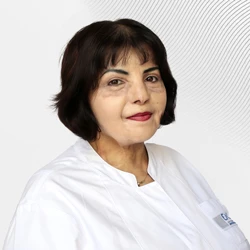

.webp)
